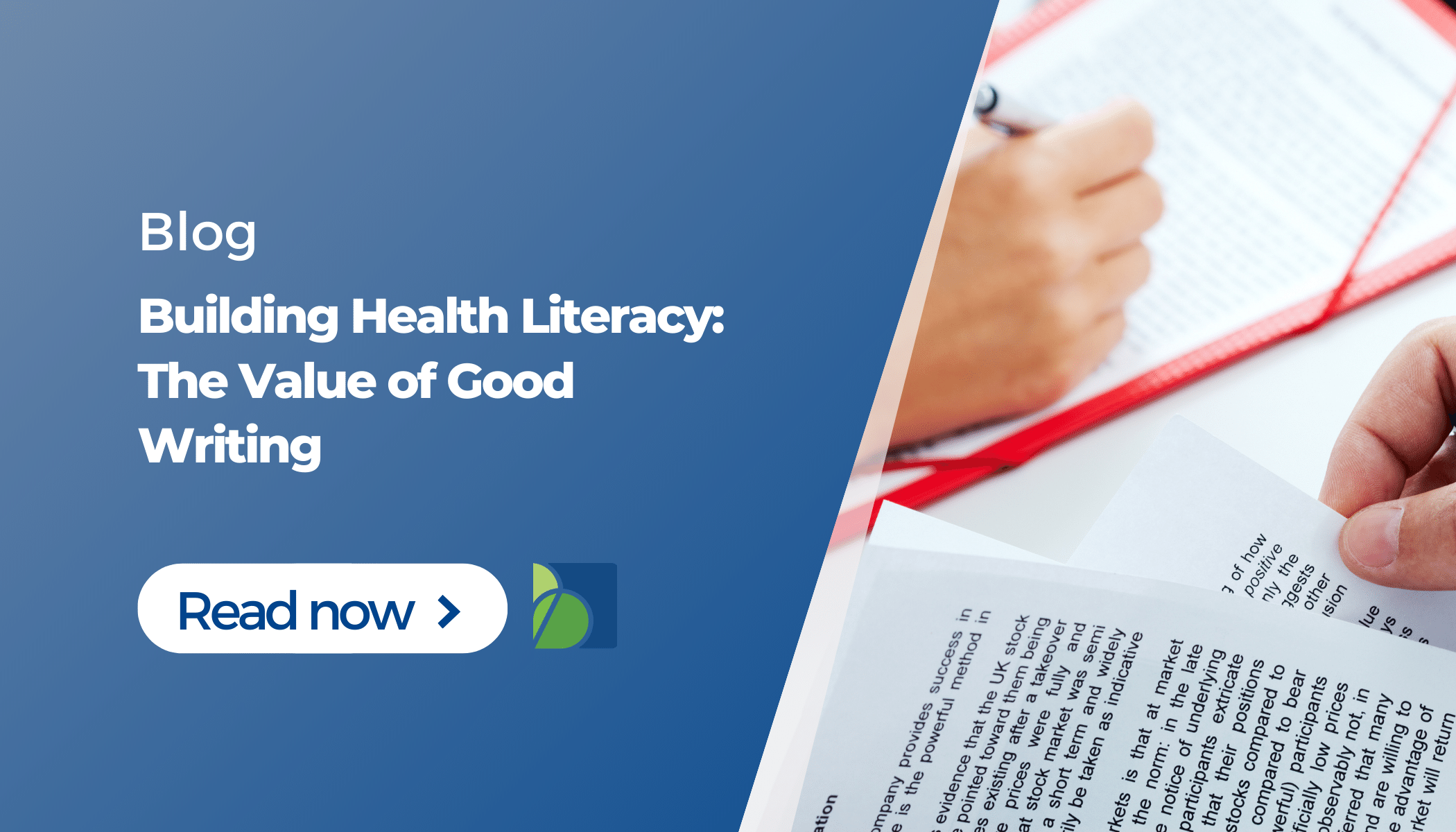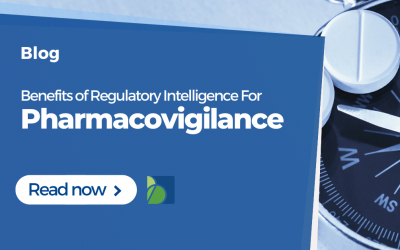Scientists, doctors, and health authorities often use written communication to present their research, opinions, or guidelines to the patients. While the questions they approach may be complex, the language should not. In medical documents, misinterpreted information may even endanger the health and life of a patient. Thus, the main goal in medical writing, as in any writing, is to convey the message clearly and concisely.
In this piece of communication, we will review the three cornerstones of good writing: brevity, Active voice, and avoiding nominalizations.
Brevity
“… is a soul of wit” (William Shakespeare).
“… is a great charm of eloquence” (Marcus Tullius Cicero).
“… is the best insurance of perusal” (Rudolf Virchow).
When the texts are wordy, they become obscure and unmemorable. And when you write with brevity, you make your points quickly and wisely. Such content is easy to follow and absorb [1, 3, 5]. It is especially important in such documents as Patient Leaflets of the medicinal products or Instructions for Use of the medical devices. The patients should easily find the information they need to use the product safely, understand that information, and act appropriately.
So let’s recall some rules in brevity [1, 3]. Eliminate:
- Dead weight phrases. E.g., as it is well known, as it has been shown, it should be emphasized that, in my opinion, as a matter of fact, it is clear that, needless to say, generally speaking, etc.
- Empty words. E.g., quite, rather, somewhat, actually, literally, etc.
- Dull adverbs. E.g., really, very, absolutely, generally, etc.
- Long words and phrases that could be short. E.g., upper extremity = arm, lower extremity = leg, a majority of = much, a number of = many, give raise to = cause, due to the fact that = because, based on the assumption that = if, etc.
- Unnecessary jargon. E.g., onychocryptosis = ingrown nail, synchronous diaphragmatic flutter = hiccup, sphenopalatine ganglioneuralgia = brain freeze, etc.
- Repetitive words and phrases. E.g., cases/examples, illustrate/demonstrate, challenges/difficulties, successful solutions, sprint rapidly, cry sadly, etc. E.g., Tom read the newspaper. When he finished with the periodical, he got up and went outside.
- Negatives. E.g., she was not often sad = she was usually happy. E.g., They did not believe the drug was harmful = They believed the drug was safe. E.g., Does not have = Lacks, etc.
- Superfluous use of “there is/there are”. E.g., the data confirm that there is an association between = The data confirm an association between.
- Needless prepositions. E.g., they agreed that it was true = They agreed it was true.
- Passive constructions. E.g., the papers were graded by the teachers = The teachers graded the papers.
Active voice
“I think unsure writers also feel the passive voice somehow lends their work authority, perhaps even a quality of majesty. If you find instruction manuals and lawyers’ torts majestic, I guess it does” (Stephen King).
To feel the impact of the Active and the Passive voice, compare the vigorous style of the famous quotes with the puzzling form of their transformed versions:
- Who controls the past controls the future vs. The future is controlled by those by whom the past is controlled (George Orwell);
- No matter what people tell you, words and ideas can change the world vs. No matter what you are told by people, the world can be changed by words and ideas (Robin Williams).
Sadly, Passive voice is common in scientific or health communications. It outwardly creates an objective and trustworthy tone, while in fact, it makes sentences wordy, static, and less readable. While the sentence bears a “Subject-Verb-Object” structure with the Active voice, the Passive voice converts it to “Object-Verb-(Subject)” [1].
Thus, the Passive voice poses the risk for ambiguity: it weakens, and sometimes eliminates the Subject, turning responsibility for the action indefinite [1, 3, 5]. In scientific communication, it is important to emphasize who (e.g., we/our team/our group) raised a question, conducted an experiment, found (or failed to find) a solution, therefore, the Active voice is preferable [1]. The same advice extends to patient-related documents, especially when giving direct advice or instructions. E.g., “Consult your doctor” instead of “The doctor should be consulted”.
To summarize, use the Active voice:
- To make sentences clear and concise;
- To improve text readability and flow;
- To create a direct and vigorous style;
- To emphasize responsibilities [1, 5].
Use the Passive voice (no more than in 1/3 of the verbs in your text):
- To make the focus consistent throughout a passage (e.g., in the Materials and Methods section of a manuscript);
- To avoid excessive use of personal pronouns;
- When not naming the actor is a gesture of tact;
- When the actor is not known or obvious.
The traps of nominalization
“Hear … the invitation of relaxation into hypnosis … identification with the experience of the moment … as the thoughts and the sensations of new transformation … shift a consciousness …” (an example of language used in indirect or so-called “Ericksonian” hypnosis).
If you followed this text thoroughly, by now you should feel a little bit sleepy, dizzy, or wandering. You have just experienced the effect of nominalization. Nominalization is often used as a hypnotic language because converting a verb (an action word) into a noun (a static word) tends to immobilize the person. The hypnotized person ascribes to these vague words the most applicable meaning from their own experience [4].
When verbs are nominalized, not only do they lose their agility and power, but also become abstract, bereaved of their primary quality, or emotion. Besides, nominalizations usually come in parallel with such dull and meaningless verbs as “to be”, “to have”, “to make”, “to give”, “to show”, etc. The sentences become long, perplexed, and less readable. They often include Passive voice constructions [1, 5].
Hypnotizing the audience is the last thing you seek in scientific or health communication. To communicate the message in a clear, direct, and unambiguous way, be creative and try to avoid them.
First, recognize them. Nominalizations often bear such endings as [1, 5]:
|
-ance; -ation; -ency; – ian; -ion; -ism; -ity; -ment; -ness; -sion.
|
Then, restructure the sentence:
- Revert the nominalization back into a verb. E.g., this report gives an analysis of climate change. → This report analyzes climate change.
- When the nominalization is the subject of a Passive Voice structure, identify the true subject, and convert nominalization to a verb for that subject. E.g., the approval of the protocol was given by the Sponsor yesterday. → The Sponsor approved the protocol yesterday.
- If changing nominalizations into verbs splits the sentence into two parts, establish the logical connection between them (use connectors such as “because”, “when”, “if”, “although”, etc., or question-word phrases) [1, 2]. E.g., the introduction of a new IT system fastened the generation of financial reports. → After we introduced a new IT system, we generate financial reports faster. E.g., We gave an explanation on the implementation of changes. →We explained how we implemented the changes.
Using nominalizations sparingly will not hamper your text. Sometimes, as in the case of “variation”, “indication”, “probability”, “standard deviation”, etc., they are fixed terms. Also, do not fear to use them when they are commonly acknowledged (e.g., “happiness”) or when you want to emphasize something in particular (e.g., “Distribution of bonuses was fair”) [1, 5].
Let’s be clear, direct, and active!
Migle Janeliuniene, MD, PhD,
Medical Writer
Biomapas
References:
- Dr. Kristin Sainani. Writing in the Sciences
- How to Improve Your Writing: Avoid Nominalizations.
- Strunk, W., & White, E. B. (2000). The elements of style. New York: Longman.
- Battino, R., & South, T. L. (2005). Ericksonian approaches: A comprehensive manual. Carmarthen: Wales, UK.
- Rogers, S. M. (2014). Mastering Scientific and Medical Writing: A Self-help Guide. Springer-Verlag Berlin Heidelberg.












